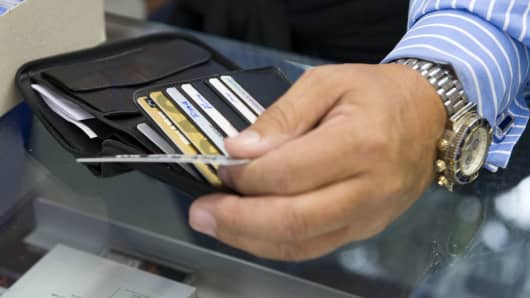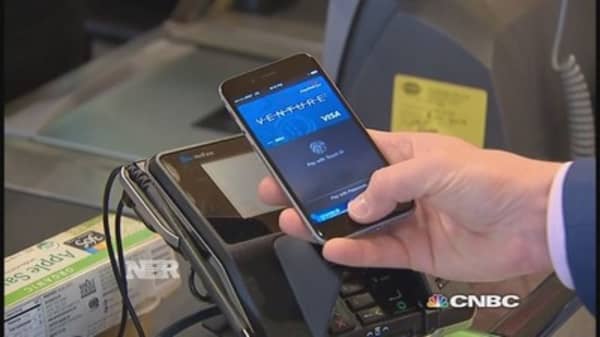Consumers with dinged credit are back in a borrowing mood, and lenders are more than happy to give them new credit cards, according to new data.
Since the Great Recession ended five years ago, consumers have been gradually taking on more debt and lenders have been accommodating them, easing up on tighter standards.
Much of the growth has been in so-called non-revolving credit, especially car loans, thanks to record low interest rates. But revolving credit—mainly in the form of credit cards—is picking up. And the biggest growth in new credit cards is coming from so-called subprime borrowers whose credit scores are less than 660, according to the latest Equifax data.
Through July of this year, banks handed out cards to 9.8 million subprime consumers, a six-year high and an increase of 43 percent from the same period last year. Another 7.8 million cards have been issued to subprime borrowers by retailers this year, up 13 percent from 2013 to an eight-year high.
Lenders are also giving subprime borrowers higher credit limits. Bank-issued card limits jumped to $12.7 billion for the first seven months of the year—up 4 percent from the same period a year ago to a six-year high. Retailers lifted their card limits by 16 percent to $6.8 billion, an eight-year high.





